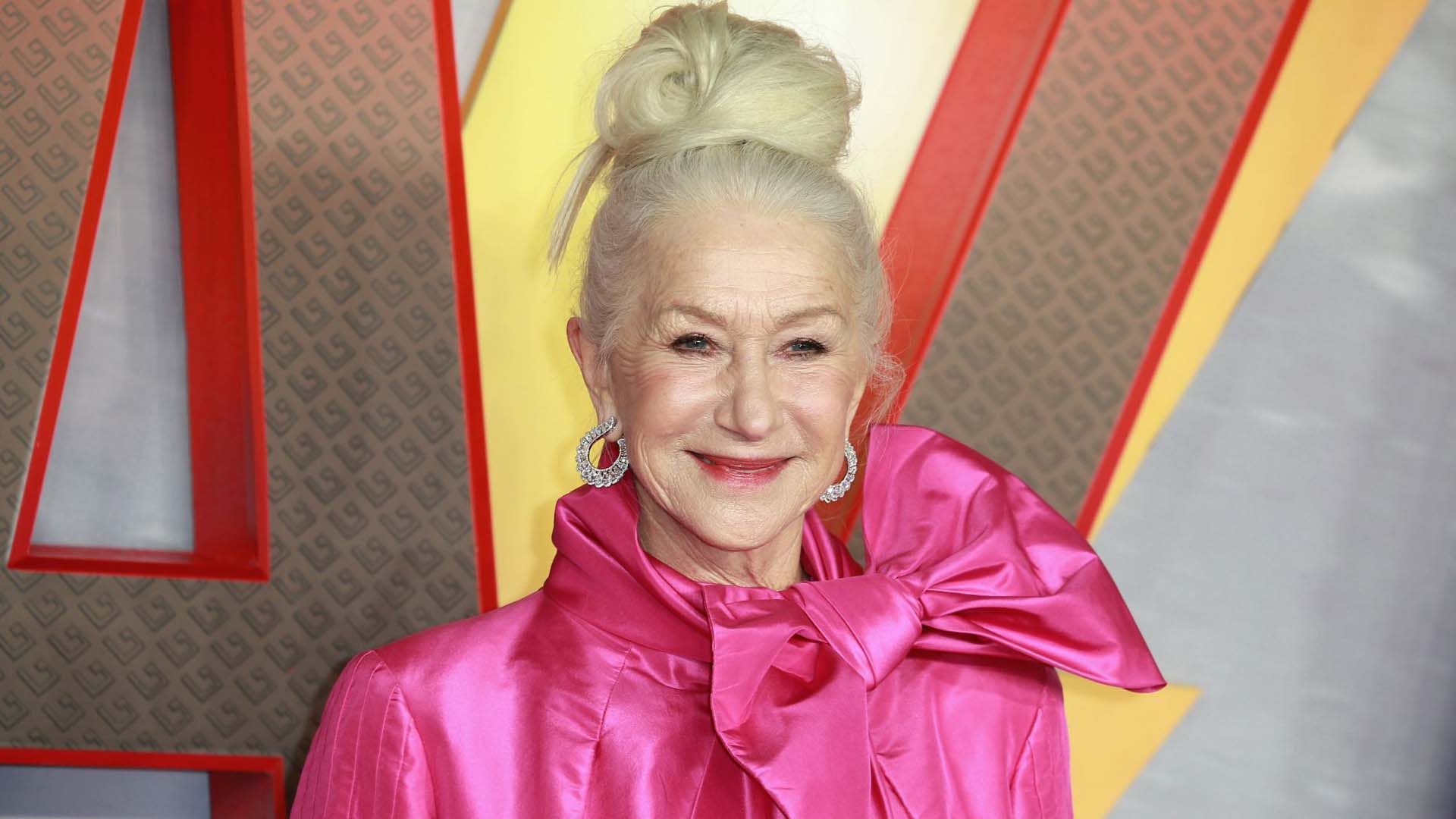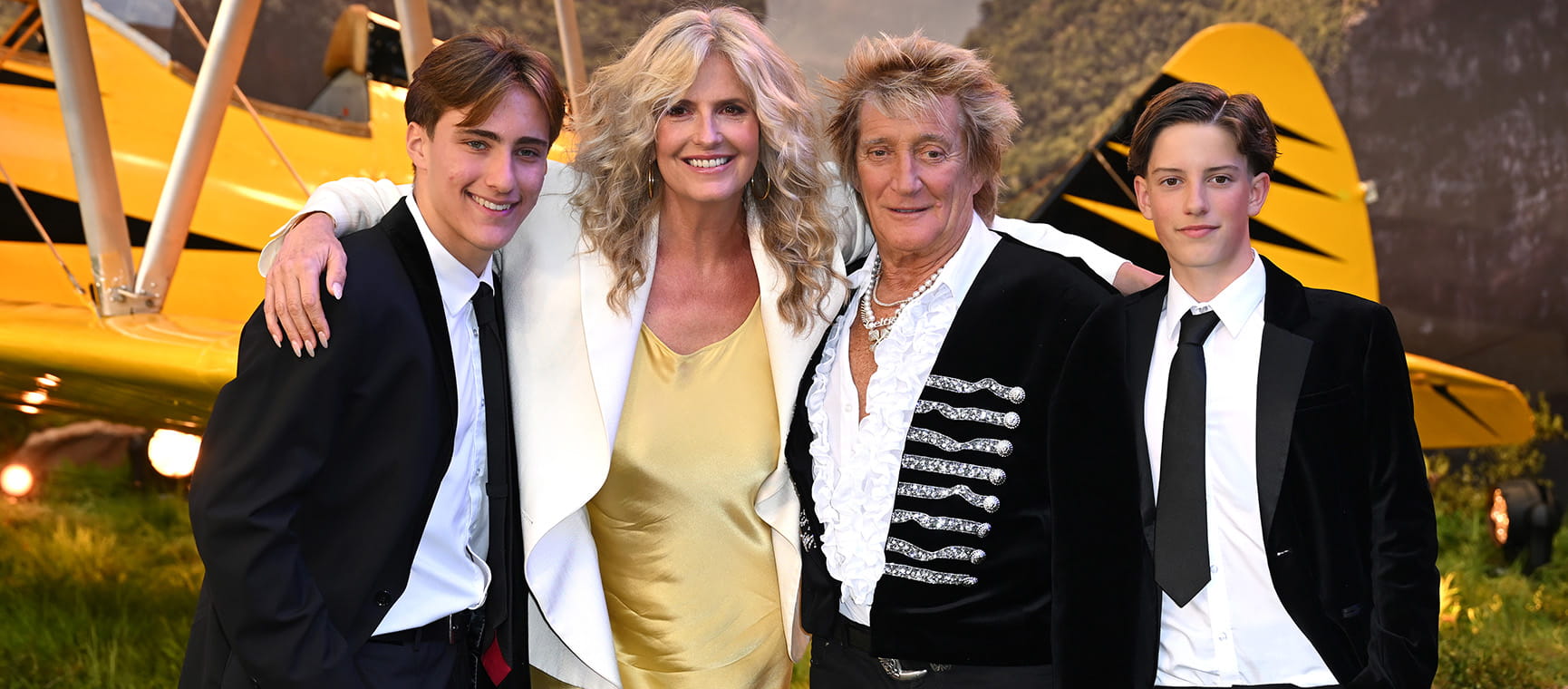Our 10 strangest TV shows of all time
What are the weirdest TV shows that have graced our screens? We share our top 10.

What are the weirdest TV shows that have graced our screens? We share our top 10.

This list of our strangest programmes ever made does not discriminate between good weird and bad weird. If a show was weird enough, it makes the list. Most of the shows can be found online, so if you never saw them, you can judge for yourselves.
But for heaven’s sake, don’t watch them all back-to-back, the human brain is indeed an impressive organ, but some things it cannot be expected to withstand.
Here's our countdown of the strangest TV shows of all.
Everyone likes a good ghost story. There’s nothing like a chilling drama chock full of spectral spookiness to get the flesh crawling. But ghosts don’t tend to feature very much in factual series for one fairly significant reason: They don’t exist. This didn’t stop former Blue Peter presenter Yvette Fielding and her husband Karl Beattie from making 24 series (now on YouTube) of this quite extraordinary show.
Each episode sees Fielding visit a haunted location, where she and her team would investigate. Often the show would feature mediums who sometimes would be possessed by dead spirits.
The late 1970s were a weird time, a time of beards and bad music and power cuts and too-tight football shorts. But perhaps weirdest of all was cult-TV show Monkey. The Japanese drama ran for 52 episodes over two seasons, based on the Chinese book Journey to the West.
Attempting to sum up the plot is an exercise in futility, but here goes: An immortal human-monkey hybrid with magic powers who was born from an egg on a mountain top joins a Buddhist monk who’s actually a woman on a pilgrimage to India. They are accompanied by a water monster (Sandy) and a pig monster (Pigsy) and travel around either on a biddable cloud or a shape-changing dragon who serves as the group’s horse. The horse can talk, and is voiced in the English version by Andrew Sachs. You can watch series one on ITVX.
This show was filmed on the same set as the children’ show Jungle Run and was, essentially, the exact same show, except for a couple of fairly significant alterations. Instead of featuring kids, clambering around a garish fantasy-world completing a selection of physical tasks, the show’s contestants were adults. The presenter was Keith Chegwin and sorry, we almost forgot – everyone was completely naked.
Why? That’s the question that still echoes around the annals of television history more than 20 years later. Why were they naked? Why did Keith Chegwin agree to take part? He’s still trying to answer that himself, calling it “the worst career move I made in my entire life.” Why did TV execs think it was a good idea? Oh, that’s an easy one. It got an audience of 2 million, at the time the fledgling broadcaster’s biggest audience by a mile.
A poll in the Radio Times in August 2006 found the show to be the worst programme ever made.
If you’re looking for an example of weird being visionary, revolutionary and touched by genius, look no further. When Monty Python came along in 1969, it didn’t so much move the goalposts as dismantle them and replace them with a giant inflatable fish.
In a moment, comedy moved from safe, comfortable and cosy to surreal, bizarre and challenging. There were sketches with no punchlines, sketches that ran through other sketches, sketches that messed with continuity, or sketches that simply made absolutely no sense whatsoever. And tying the whole lot together were the extraordinary surrealist cartoons of Terry Gilliam.
Many of its sketches have become part of the national heritage – from the Spanish Inquisition to the Dead Parrot, the Lumberjack Song to the Ministry of Silly Walks. We’re so used to them now, it’s easy to forget how shockingly different and peculiar they were at the time.
This 2015 series broke new ground, but only in terms of sheer awfulness. One might even say it forever lowered the baa. Sorry.
The idea, in a nutshell, was celebrity sheepdog trials. We got to see Tony Blackburn take on Lesley Joseph to see which one was better at asking a dog to guide some sheep across a pretend bridge. Presiding over it all was Gabby Logan, whose shouty bonhomie and gingham checked shirts couldn’t hide the creeping feeling that she knew TV would never be this bad again.
The fear behind her eyes, as she shouted her unlikely catchphrase, “Release the sheep!” told its own story.
This worked because of its host, Adam Richman. His ability to express genuine unbridled enthusiasm as he toured some of the most gluttonous fast food establishments in America was infectious. As for his capacity to put away vast amounts of meat and fried food.
Each show ended with him attempting to devour a life-threatening portion of food against the clock in front of a wildly excitable crowd.
In 1981 the BBC produced this six-part drama, an adaptation of the novel. In late 20th-Century Britain, a meteorite shower has rendered most of humanity blind. Only a lucky few have escaped the fate, and a state of chaos reigns.
You might expect chaos to reign when most of humankind is rendered sightless in an instant. What you wouldn’t necessarily reckon upon was giant, mobile, man-eating flowers running amok and feasting upon the population. The plants were sort of wobbly, slow-moving gladioli that brought to mind all the menace of a particularly angry clump of weeds.
Back in the early 1990s, the world became transfixed by a TV whodunit in a way that hadn’t happened since someone shot JR Ewing. This time, though, everyone wanted to know who was responsible for the brutal murder of Laura Palmer, in the one-horse town of Twin Peaks, Washington.
Kyle McLachlan played FBI Special Agent Dale Cooper and the investigation turned out to be anything but routine. It also featured David Duchovny and featured dream sequences and visions.
Patrick McGoohan, the show’s star, also created the series. The plot saw an unnamed British agent drugged and kidnapped, and taken to a picturesque and fabulously sinister village (actually Portmerion in North Wales). Here, a compliant and oddly serene population spent their days pottering about, and referring to each other not by name but by number (McGoohan’s agent was Number Six).
Nobody appeared to know the identity of Number One, pulling the strings in the background. On the rare occasions when someone did try to escape, they were hunted down and swallowed up by an enormous plastic ball called Rover.
Those of you who have watched the show with your grandchildren will be aware that it features a small, blue human-teddy-bear called Iggle Piggle, his friend Upsy Daisy, a peculiar little round, rock-collecting creature called Makka Pakka, the Tumbliboos (three beings who live in a hedge and brush their teeth a lot) and the tiny families the Wottingers and the Pontypines. Various cast members can travel around either aboard the Ninky Nonk a trackless train that looks like Brighton Pavilion on steroids, or on a large airship that has a habit of crashing, called, naturally enough, the Pinky Ponk.
But worst of all is the huge, silent, grinning and looming presence of the Haahoos, enormous inflatable shapes with dead eyes and perma-smiles who drift about the place making an occasional boing-noise. Of course, the great Derek Jacobi narrates.
.jpg?la=en&h=541&w=1232&hash=68EDA28677DE015BF53916AA57CAD1F7)
For the Bake Off judge, the funniest festive season was the one when the lunch went completely wrong.


Jenni Murray is back behind the microphone as she chats to national treasures and household names.

The UK’s bestselling contemporary poet talks about finding huge success in later life and why Christmas is her lifeline.
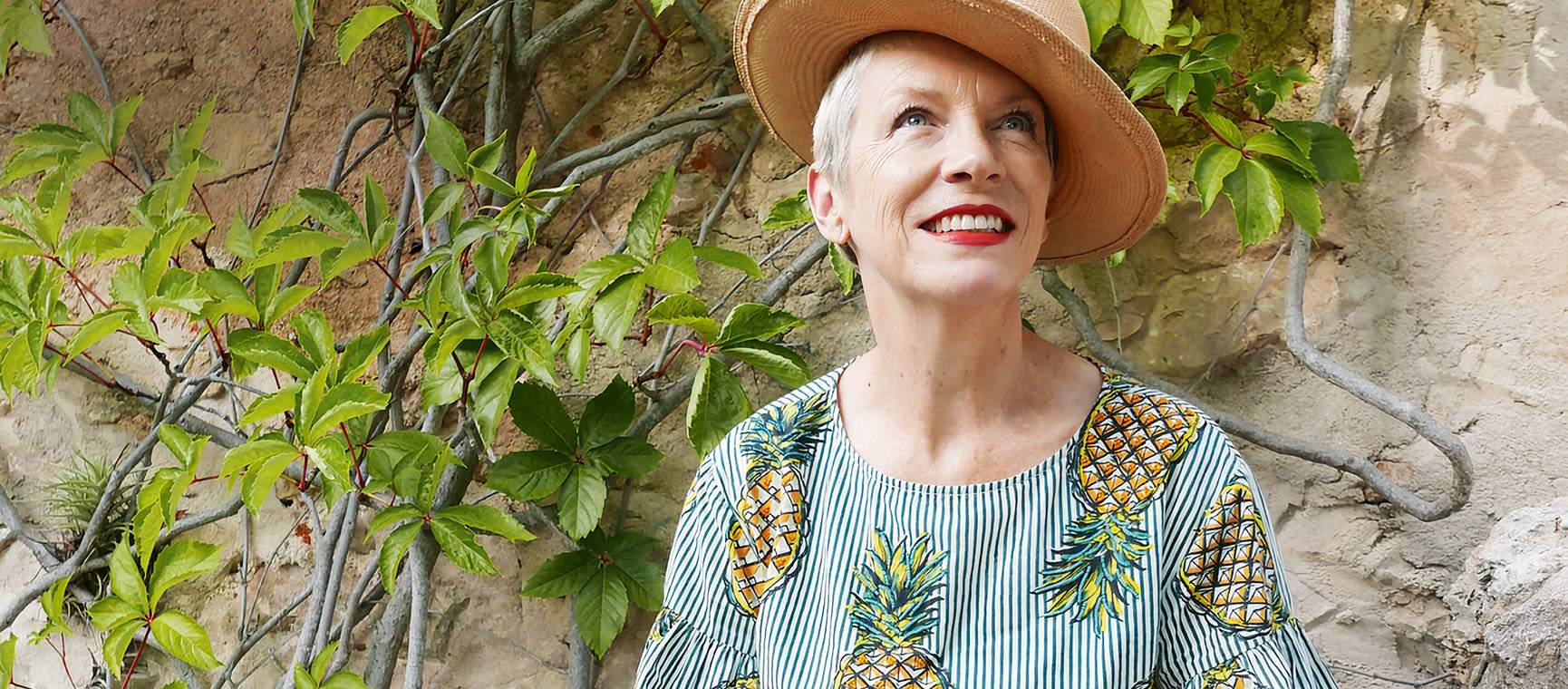
The singer-songwriter on being diagnosed with ADHD at 70 and how she’s ageing on her own terms.
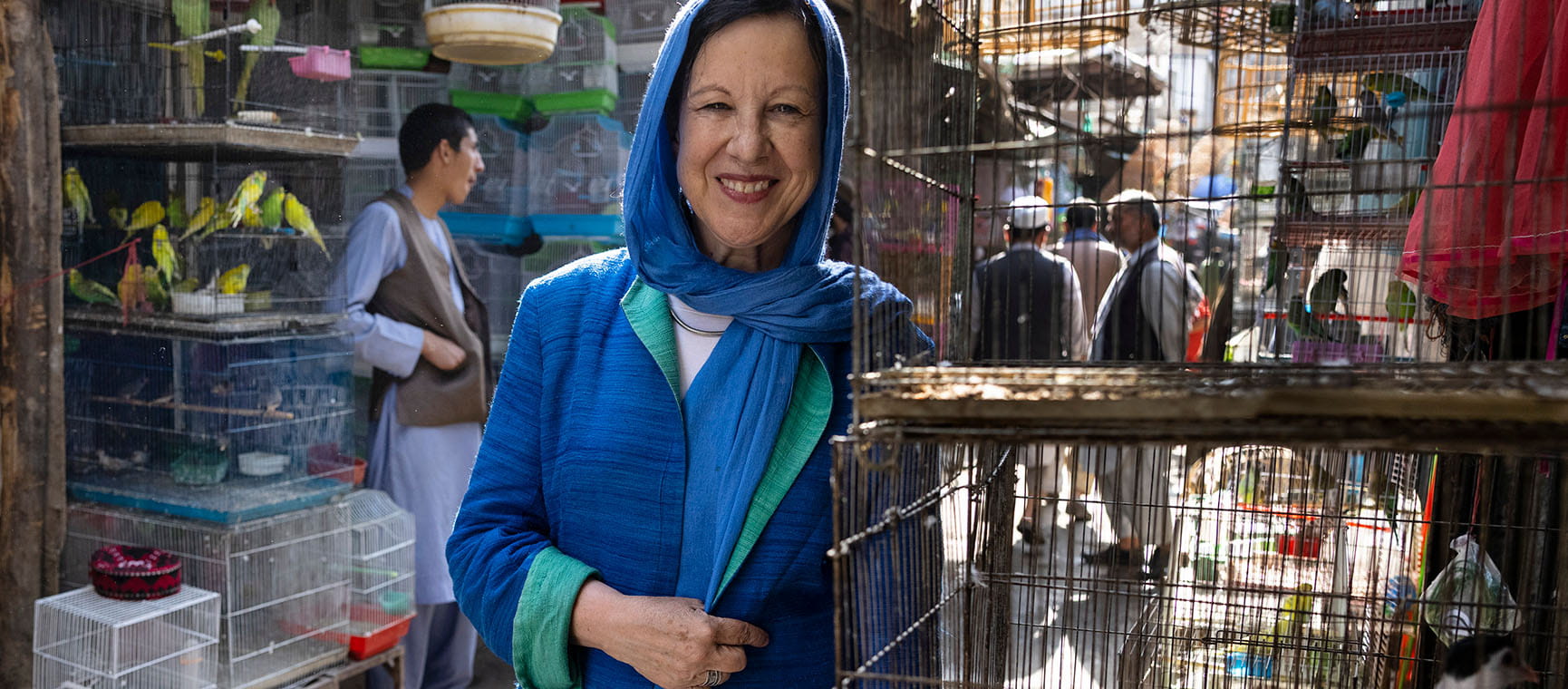

This frank documentary about the comedian’s European tour reveals the realities of travelling in your 80s.
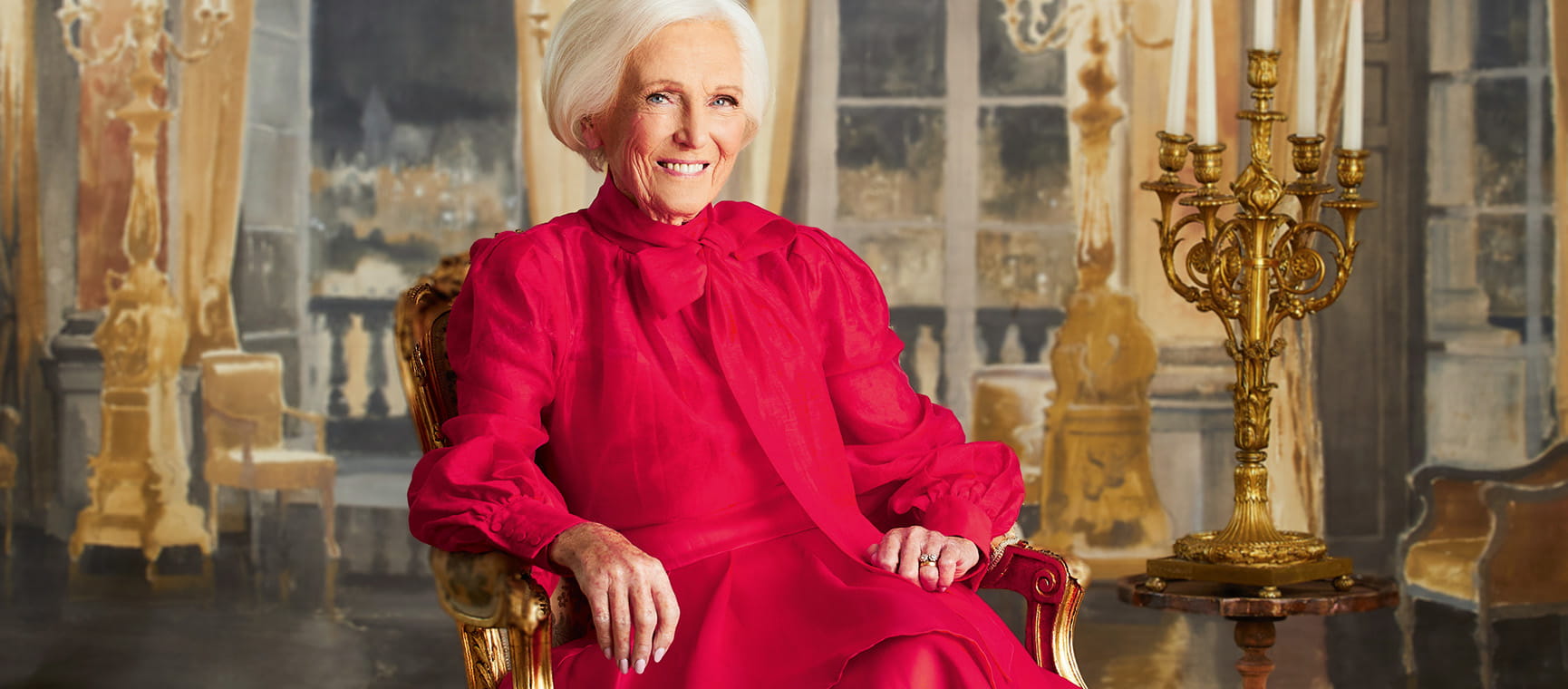
The baking queen on celebrating her 90th birthday, her daily indulgence and why her husband Paul thinks “cooking is boring”.

The TV star chats about health, her love of sprouts and why she’s been proven right about the detox diet.
